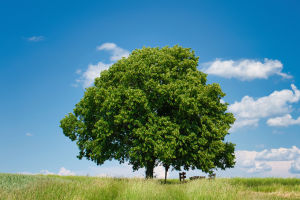Wild mushrooms are not just a delicious addition to many dishes; they also offer a plethora of health benefits and unique flavors that enhance culinary experiences.
From forests to meadows, these fungi thrive in various environments, making them a fascinating subject for foragers and food enthusiasts alike.
Nutritional Value
Wild mushrooms are rich in essential nutrients. They are a good source of protein, fiber, vitamins (such as B vitamins), and minerals (like selenium and potassium). Low in calories and fat, they provide a nutritious alternative to meat in various dishes, making them a favorite among vegetarians and health-conscious eaters.
Types of Wild Mushrooms
Several varieties of wild mushrooms are popular in culinary applications:
Chanterelles: Known for their golden color and fruity aroma, chanterelles add a delicate flavor to sauces and sautés.
Morels: With their unique honeycomb appearance, morels have a rich, earthy taste and are prized in gourmet cooking.
Porcini: These mushrooms have a robust flavor that intensifies when dried, making them ideal for soups, risottos, and pasta dishes.
Shiitake: Although often cultivated, wild shiitake have a stronger flavor and chewy texture that can elevate stir-fries and broths.
Lion's Mane: Known for its unique appearance resembling a white mane, this mushroom offers a seafood-like taste and is known for its potential health benefits.
Health Benefits
Wild mushrooms are not only delicious but also pack numerous health benefits:
Antioxidants: Many wild mushrooms are rich in antioxidants, which help combat oxidative stress and inflammation in the body.
Immune Support: Some varieties, like shiitake and reishi, are known for their immune-boosting properties, thanks to their beta-glucans and polysaccharides.
Cognitive Health: Research suggests that certain wild mushrooms, particularly lion’s mane, may support brain health and cognitive function.
Foraging Tips
Foraging for wild mushrooms can be an exciting adventure, but it’s essential to do it safely:
Educate Yourself: Learn to identify different mushroom species, as some can be toxic. Field guides or local foraging classes can be beneficial.
Harvest Responsibly: Only take what you need and leave some behind for wildlife and future growth.
Check Local Regulations: Some areas have specific rules about foraging, so be sure to follow them.
Culinary Uses
Wild mushrooms can be used in a variety of dishes:
Soups and Stews: Their rich flavors can enhance broths and stews.
Pasta and Risotto: Sautéed wild mushrooms make a fantastic topping for pasta dishes or as a risotto ingredient.
Salads: Lightly cooked or raw, they can add texture and depth to salads.
Garnishes: Use wild mushrooms as a garnish for meats and fish to elevate presentation and taste.
Wild mushrooms are a delightful and nutritious addition to any meal. With their unique flavors, health benefits, and culinary versatility, they truly are nature's treasures. Whether you’re foraging them yourself or purchasing them from a local market, these fungi can elevate your cooking and provide a connection to the natural world. So, Lykkers, next time you’re in the kitchen, consider incorporating wild mushrooms into your dishes for a burst of flavor and nutrition!


